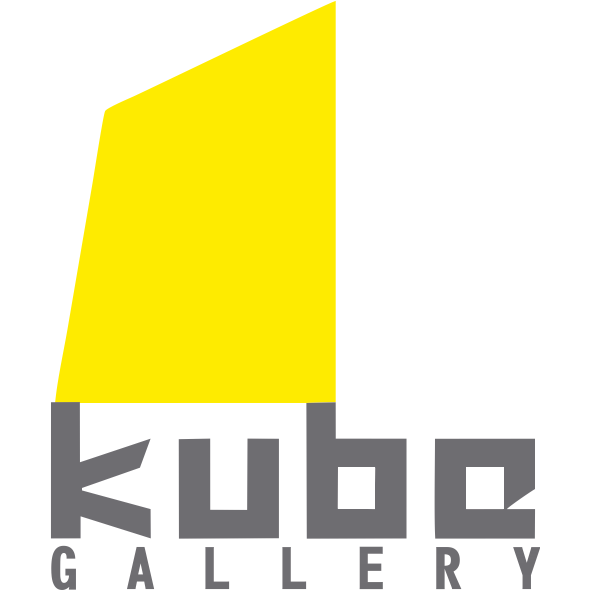Richard McDiarmid’s Drawing and Visual Awareness Series 2
This purchase is for the second session of Richard McDiarmid’s Drawing and Visual Awareness Series of Workshops, and it is only valid for the second session.
What do we really see in our 3D world and how can we express this on 2D surfaces?”
Price of the workshop includes GST | Register Online Here.
You can also call to Register: (604) 800-8310 or E-mail to register: thekube.square@gmail.com
Time: Dates per scheduled below, all sessions are from 9:30 am to 3:30 pm
Workshop Focus: Improve your visual and technical skills to communicate ideas and images through drawing. These visual skills find roots in painting, sculpture, computer graphics, film, theater and other forms of visual art. Class instruction and homework exercises are done in a number of drawing mediums and include references from “life” as well as photographs.
Overview of Workshop:
Drawing is a fundamental part of visual language and has been used for thousands of years to express, life experiences, record events or information, and to develop great architectural and engineering concepts,. This includes exploring ideas for further forming processes in visual arts such as painting, sculpture, theater and film, and computer graphics, to name a few.
Beyond basic drawing skills is the pursuit of ‘artistic intent’ and how one may use drawing to expand on ideas, evoke emotional response and create powerful visual statements. Recognizing the visual relationships that we experience each moment requires careful observation and acknowledgement of the abstract nature of these relationships and holds at least equal importance to the technical aspects of learning to work with drawing mediums. Drawing can be a more playful activity in exploring symbols, ideas, textures and surfaces and the communicative power of line. Contrast in light and dark surfaces, lost and found edges and mass form vs line (actual and implied) must be observed and acknowledged.
These drawing workshops are intended to provide an opportunity to push your drawing skills to provide the best tools for expressing stronger or more communicative visual statements.
The following drawing program is broken into 5 separate sessions:
- Session 1: 2 days
- Session 2: 2 days
- Session 3: 2 days
- Session 4: 2 days
- Session 5: 3 days
The proposed schedule and workshop content follows.
Basic drawing class exercises include but are not limited to:
Session 1: 2 days | Feb. 9-10, 2019.
- Observing relationships of place, relative size, and shapes in space, objects being observed and the light source and space around them (positive and negative space) – awaken a new way of seeing and processing this information. – How do we represent this on 2D surfaces?
- The relationship of viewer to the objects we observe and how to develop techniques for relative measurement of sizes and angles in space. The importance of consistency in position as the viewer/perceiver.
- Drawing media – ex. pencils, graphite sticks, charcoal, ink, paint. – Different grounds and drawing surfaces ex. paper, canvas, wood, plaster, stone, metal.
Session 2: 2 days | Mar. 2-3, 2019.
- Different types of line and line weight to imply changes in space – contour drawing.
- The ‘mark’ – how to use line creatively to imply direction and surface – includes introduction to light and dark surfaces – completing a drawing of object using broken line and line variation only.
Session 3: 2 days | Mar. 9-10, 2019.
- Value structure – the relationship between light and dark – observing shapes and their relative value to each other – creating a relative value scale from white to black.
- Modeling light on 3D objects – shading and/or the use of mark or cross-hatching to represent changes in value – lost and found edges and analogous value.
- Line vs Mass form – use of shading and line combined to create emphasis in the drawing.
Session 4: 2 days | Mar. 23-24, 2019.
- Perspective drawing and relative measurement techniques – draw relatively accurate perspective (even with architectural subjects) using basic techniques of checking angles and relative sizes. Technical points and geometric constructs are reviewed, to help in this process.
- Composition and design – rectangular, square and other drawing formats- considerations regarding compositional structure – review of some traditional wisdom (ex. Golden Mean) – break up of space, distribution, and variation in shapes and sizes of shapes.
Session 5: 3 days | Apr. 12, 13, 14, 2019.
- Drawing from life vs drawing from photographs – working with multiple photographs to expand ideas and compositional interest. (exercises using photo reference)
- Life Drawing – the human figure – observing body mechanics and gesture – relative measurement techniques. Working from short gestural poses to longer sittings. Modeling light on the human figure.
- Creative drawing techniques and mixed media used in drawing.
Reference materials for drawing will include still life objects from life as well as work from photographs.
Drawing and Visual Awareness Workshops Suggested Material List
Graphite: Variety of hard and soft pencils.
Charcoal: Soft vine charcoal and stick charcoal.
Drawing Ink (OPTIONAL): Pens or ink brushes can both be useful, as well as other creative options like sharpened sticks, sponges etc. Include black India ink for drawing medium.
Drawing Paper: Large newsprint sheets or pad, large pad or sheets of white drawing paper suitable for ink and/or charcoal (min. size 16×20).
Erasers: Kneaded eraser, soft white eraser.
Drawing support: Board or Plexiglas support for drawing paper – this is a must!
Easel: Stand-up type is best.
Miscellaneous: Bulldog clamps, masking tape, paper towel or baby wipes, scissors and a notebook.
Reference Material: Bring your own photos, sketches, ideas (still life objects will be provided by instructor)

Kube Gallery
Richard McDiarmid
